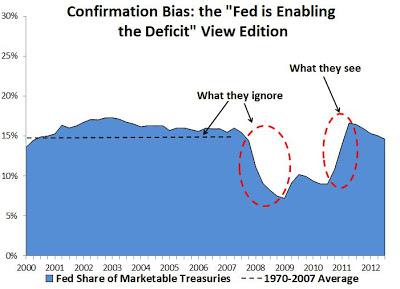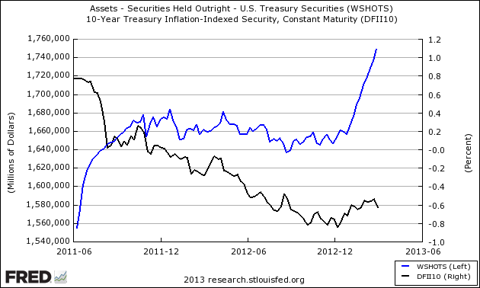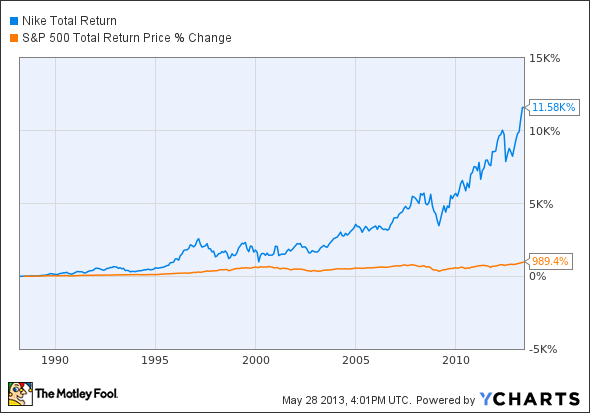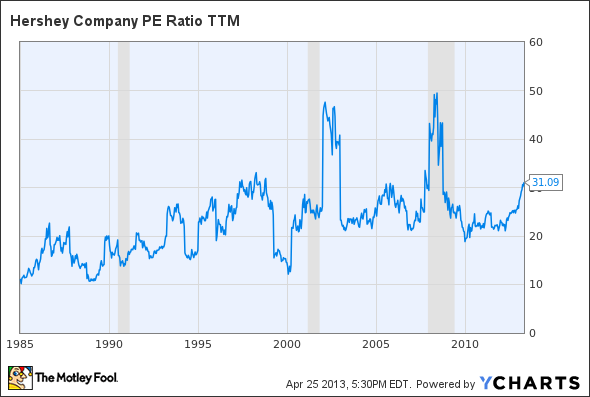The surge of natural gas production in the U.S. has opened several doors that many didn't think were previously economically feasible: Manufacturers are reconsidering a move back to the U.S. for cheap energy prices, using natural gas as a transportation fuel is not a joke, and we're even debating the merits of exporting natural gas.
One thing is certain: Our ability to extract shale gas has given the U.S. a competitive advantage that could potentially hold for a decade. According to panelists at the 2013 Energy Forward conference at the University of Chicago's Booth School of Business, only China has a shot at effectively producing from shale gas in the next 10 to 15 years. Let's look at how the U.S. will keep that position for that long and one policy that will prevent others from doing the same.
Best Energy Companies To Own For 2014: Hoku Corporation(HOKU)
Hoku Corporation operates as a solar energy products and services company primarily in the United States. It focuses on manufacturing polysilicon, a primary material used in the manufacture of photovoltaic (PV) modules; and designing, engineering, and installing turnkey PV systems and related services in Hawaii using solar modules purchased from third-party suppliers. The company was formerly known as Hoku Scientific, Inc. and changed its name to Hoku Corporation in March 2010. Hoku Corporation was incorporated in 2001 and is headquartered in Honolulu, Hawaii.
Advisors' Opinion:- [By Chuck]
Hoku Corp.(NASDAQ: HOKU) closing price in the stock market Tuesday, Jan. 3, was $0.5501. HOKU is trading -32.79% below its 50 day moving average and -61.84% below its 200 day moving average. HOKU is -80.90% below its 52-week high of $3.24 and 10.02% above its 52-week low of $0.50. HOKU‘s PE ratio is N/A and its market cap is $30.21M.
Hoku Corp. operates as a solar energy products and services company primarily in the United States. HOKU focuses on manufacturing polysilicon, a primary material used in the manufacture of photovoltaic (PV) modules; and designing, engineering, and installing turnkey PV systems and related services in Hawaii using solar modules purchased from third-party suppliers.
Best Energy Companies To Own For 2014: First Solar Inc.(FSLR)
First Solar, Inc. manufactures and sells solar modules using a thin-film semiconductor technology. It also designs, constructs, and sells photovoltaic solar power systems. The company?s solar modules employ a thin layer of semiconductor material to convert sunlight into electricity. Its integrated solar power systems activities include the project development; engineering, procurement, and construction services; operating and maintenance services; and project finance. The company sells solar modules to project developers, system integrators, and operators of renewable energy projects; and solar power systems to investor owned utilities, independent power developers and producers, and commercial and industrial companies, as well as other system owners. It operates in the United States, Germany, France, Canada, and internationally. The company was formerly known as First Solar Holdings, Inc. and changed its name to First Solar, Inc. in 2006. First Solar was founded in 1999 a nd is headquartered in Tempe, Arizona.
Advisors' Opinion:- [By Nelson]
First Solar, Inc.(NASDAQ: FSLR) closing price in the stock market Tuesday, Jan. 3, was $35.79. FSLR is trading -11.87% below its 50 day moving average and -54.60% below its 200 day moving average. FSLR is -79.60% below its 52-week high of $175.45 and 19.82% above its 52-week low of $29.87. FSLR‘s PE ratio is 5.80 and its market cap is $3.09B.
First Solar, Inc. manufactures and sells solar modules using a thin-film semiconductor technology. It also designs, constructs, and sells photovoltaic solar power systems. FSLR’s solar modules employ a thin layer of semiconductor material to convert sunlight into electricity. FSLR was recently headlined when Billionaire Investor Warren Buffett became a largely vested shareholder in them.
- [By Chuck]
First Solar (FSLR) has been picked by J.P. Morgan as the worst company in this sector and it is recommended that stocks be sold in the short run. With the reduction in subsidies, First Solar is likely to see a reduction in the sale of modules (which constitutes the largest part of its revenue). Operating margins are expected to be lower than expectations due to lower module margins. The stock is currently trading at $46.11 and is expected to go south of $4 0. Earnings per share of $7.71 are expected to decrease to $5.13 by the end of 2012. The company has market capitalization of $3.99 billion.
- [By Hawkinvest]
First Solar (FSLR) is a U.S.-based solar company that was once the darling of Wall Street. A couple of years ago, this stock traded for over $250 per share, but due to challenging business conditions and a change in investor psychology, the stock now trades below book value, which is $46.61 per share. There is still plenty to like with this company. It has a technological edge over other companies, a strong balance sheet, and it is one of the few solar firms that have been able to remain solidly profitable during an extremely difficult period for the industry.
First Solar expects revenues to range from $3.7 to $4.0 billion, and earnings to come in somewhere between $3.75 to $4.25 per share for 2012. The company is expected to report fourth quarter earnings on February 28, 2012, so it could make sense to wait for a financial update before making a large investment. However, the stock is trading below book value, and for less than 10 times earnings. Investors who like buying low should consider this industry leader, while the stock is still trading at depressed levels.
- [By Cutler]
First Solar (FSLR) is a leading manufacturer of solar power modules, boasting great growth of both revenues and earnings … and profit margins of 27% in the latest quarter, very impressive for a manufacturer. The stock was a big winner for Cabot Market Letter in 2006 (we sold in March 2007) and like most stocks in the industry it’s spent the time since then cooling off. I think it’s cool enough now. First Solar was on the list three years ago, too.
Hot Financial Companies To Own For 2014: EXCO Resources NL(XCO)
EXCO Resources, Inc., an independent oil and natural gas company, engages in the exploration, exploitation, development, and production of onshore North American oil and natural gas properties with a focus on shale resource plays. The company holds interests in various projects located in East Texas, North Louisiana, Appalachia, and the Permian Basin in west Texas. As of December 31, 2010, it had proved reserves of approximately 1.5 trillion cubic feet equivalent; and operated 7,276 wells. The company was founded in 1955 and is based in Dallas, Texas.
Advisors' Opinion:- [By Quickel]
Exco Resources, Inc. (XCO) is trading around $10.70. Exco is an onshore North American oil and natural gas company, and is based in New York. These shares have traded in a range between $9.33 to $21.04 in th e last 52 weeks. XCO is estimated to earn about 78 cents per share in 2011. XCO pays a dividend of 16 cents per share which is equivalent to a 1.5% yield. The book value is stated at $7.69. In 2011, Barclays Capital set a price target of $23 per share for XCO.
Best Energy Companies To Own For 2014: China Petroleum & Chemical Corporation(SNP)
China Petroleum & Chemical Corporation engages in the exploration, development, production, and marketing of crude oil and natural gas properties primarily in China. It operates 16 oil and gas production fields in China. As of December 31, 2010, the company?s estimated proved reserves of crude oil and natural gas consisted of 3,963 million barrels-of-oil equivalent comprising 2,888 million barrels of crude oil and 6,447 billion cubic feet of natural gas. It also engages in the refining of crude oil; marketing and distribution of refined petroleum products; and production and sale of petrochemical products that consist of intermediate petrochemicals, synthetic resins, synthetic fiber monomers and polymers, synthetic fibers, synthetic rubber, and chemical fertilizers, as well as owns and operates oil depots and service stations. The company was founded in 2000 and is based in Beijing, the People?s Republic of China. China Petroleum & Chemical Corporation is a subsidiary of China Petrochemical Corporation.
Advisors' Opinion:- [By Dave Friedman]
Institutional investors bought 5,494,530 shares and sold 2,172,970 shares, for a net of 3,321,560 shares. This net represents 0.00% of common shares outstanding. The number of shares outstanding is 86,702,513,470. The shares recently traded at $91.14 and the company’s market capitalization is $95,379,393,775.12. About the company: China Petroleum and Chemical Corporation (Sinopec) refines, produces and trades petroleum and petrochemical products such as gasoline, diesel, jet fuel, kerosene, ethylene, synthetic fibers, synthetic rubber, synthetic resins, and chemical fertilizers. Also, The company explores for and produces crude oil and natural gas in China.









